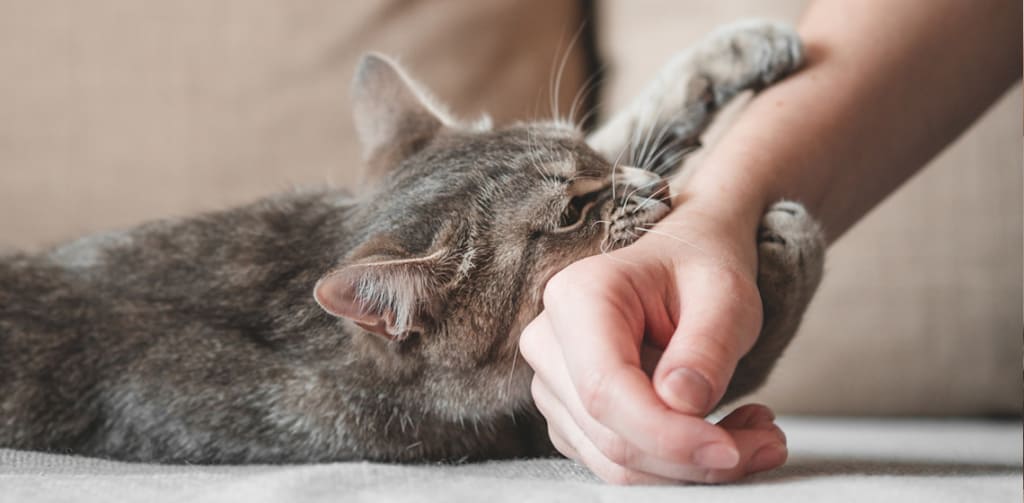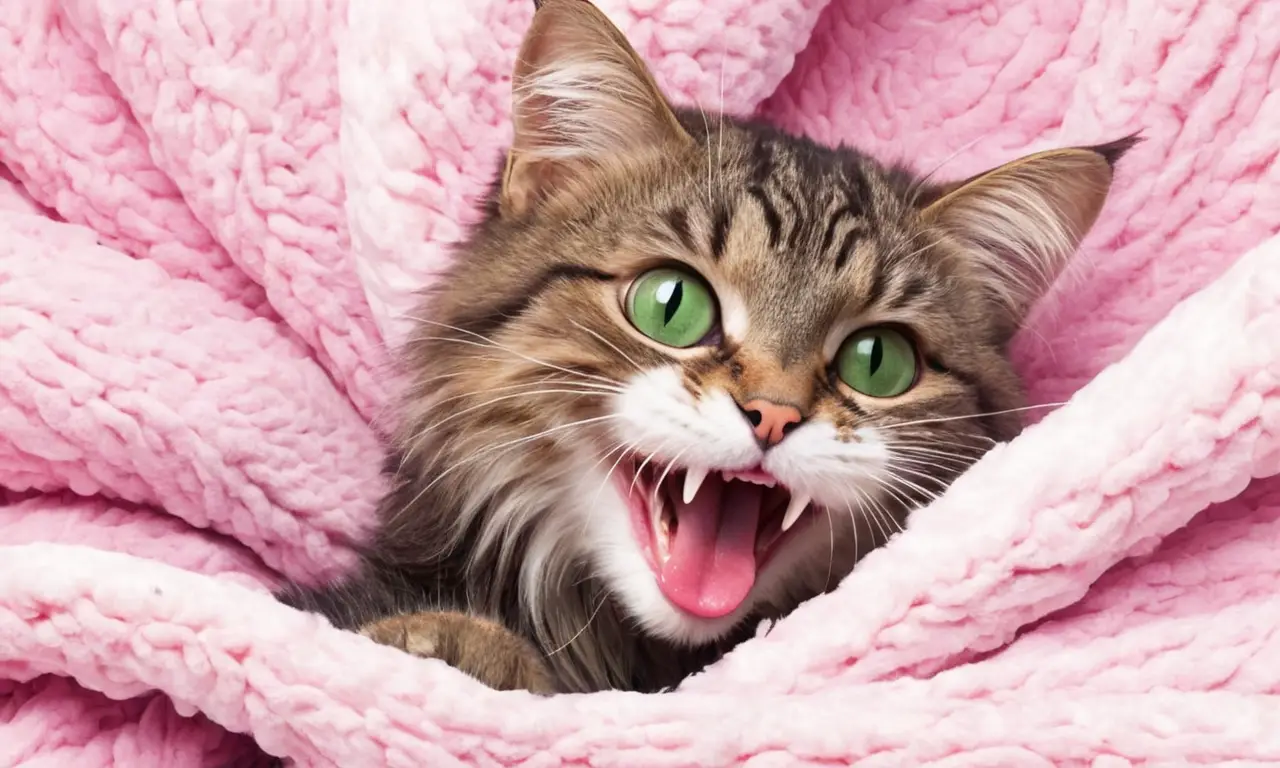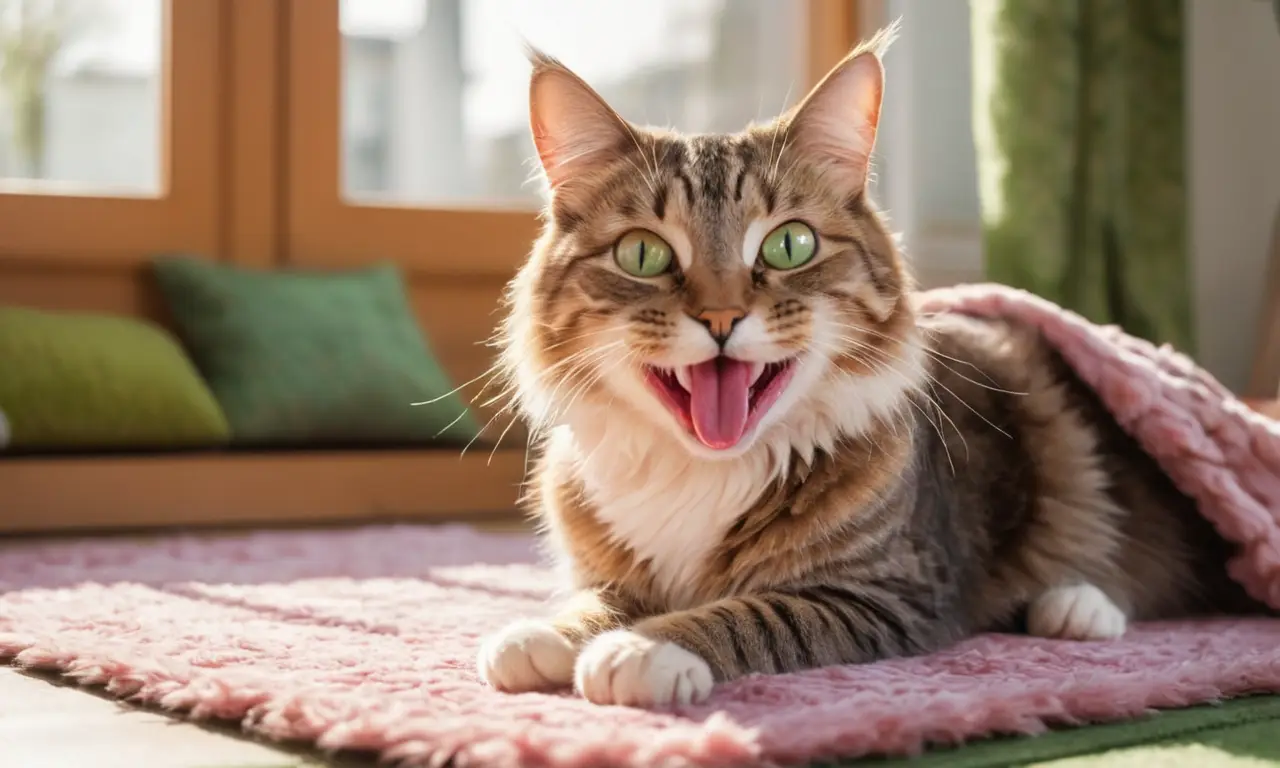
Cats are known for their enigmatic personalities, often displaying behaviors that can seem confusing to their human companions. One such behavior is the combination of biting and licking, which can leave owners wondering about its meaning. While it might seem contradictory, these actions often stem from a place of affection, instinct, or playfulness. This article will delve into the various reasons why your cat might bite and lick you, shedding light on their feline communication and helping you understand their intentions better.
This article will explore the different motivations behind cat biting and licking, examining the roles of affection, grooming instincts, and playful behavior. We’ll also discuss how to interpret these actions within the context of your cat’s overall personality and relationship with you. By understanding these nuances, you can build a stronger bond with your feline friend and appreciate their unique ways of expressing themselves.
Why Cats Bite Owners
Cat bites can range from gentle nibbles to more forceful attacks, often leaving owners puzzled about the reason behind them. While biting can sometimes indicate aggression or fear, it’s frequently a result of other factors, such as playfulness, overstimulation, or even a misguided attempt at affection.
Playful Biting
Kittens learn to bite and pounce during playtime with their littermates, honing their hunting skills and developing social interactions. This playful biting often carries over into adulthood, especially when cats are engaged in interactive games with their owners. If your cat bites playfully, they’ll likely follow it up with purring, rubbing against you, or other signs of contentment.
Overstimulation
Cats have a sensitive nature and can become easily overstimulated during petting sessions. When this happens, they might resort to biting as a way to signal their discomfort and request a break from the interaction. Pay attention to your cat’s body language for signs of overstimulation, such as flattened ears, dilated pupils, or twitching tails.
Misdirected Affection
Some cats express affection through gentle nips or bites, mistaking their owner’s skin for a fellow feline. This behavior is often accompanied by purring and head bunting, indicating that the bite isn’t intended to be harmful.
Reasons for Cat Licking

Licking is a common behavior in cats, serving various purposes beyond simply keeping themselves clean. From grooming to marking territory, licking can reveal a lot about your cat’s intentions and emotional state.
Affectionate Grooming
Cats often lick their loved ones as a sign of affection and bonding. This behavior mimics the way they groom their kittens, transferring care and reassurance through touch. If your cat licks you frequently, it’s likely a gesture of love and trust.
Scent Marking
Cats have scent glands on their faces and paws, and licking can help them spread their unique aroma onto objects or people they consider theirs. This scent marking serves to establish territory and communicate ownership.
Affectionate Behavior
The combination of biting and licking often signifies a strong bond between a cat and its owner. These actions can be seen as expressions of love, playfulness, and comfort.
Bonding Rituals
Cats develop unique rituals with their owners, and biting and licking can become part of these special interactions. For example, some cats might lick their owner’s face before settling down for a nap, indicating a sense of security and trust.
Grooming Instincts

Licking plays a crucial role in a cat’s hygiene and well-being. They use their tongues to remove dirt, debris, and loose fur, keeping themselves clean and healthy.
Self-Grooming
Cats are meticulous groomers, spending a significant portion of their day licking and cleaning themselves. This behavior helps them regulate their body temperature, distribute natural oils, and prevent matting.
Playfulness in Cats
Biting and licking can also be playful behaviors, especially when cats are engaged in interactive games with their owners.
Interactive Play
Cats enjoy playing with toys that mimic prey, such as feathers or string. During these play sessions, they might bite playfully to simulate hunting behavior.
Conclusion
Understanding the reasons behind your cat’s biting and licking can deepen your connection with them. While these behaviors can sometimes seem confusing, they often stem from a place of affection, instinct, or playfulness. By observing your cat’s body language and understanding their individual personality, you can decipher their intentions and build a stronger bond based on mutual trust and understanding. Remember, cats communicate in unique ways, and learning to interpret their signals is key to fostering a harmonious relationship with these fascinating creatures.
